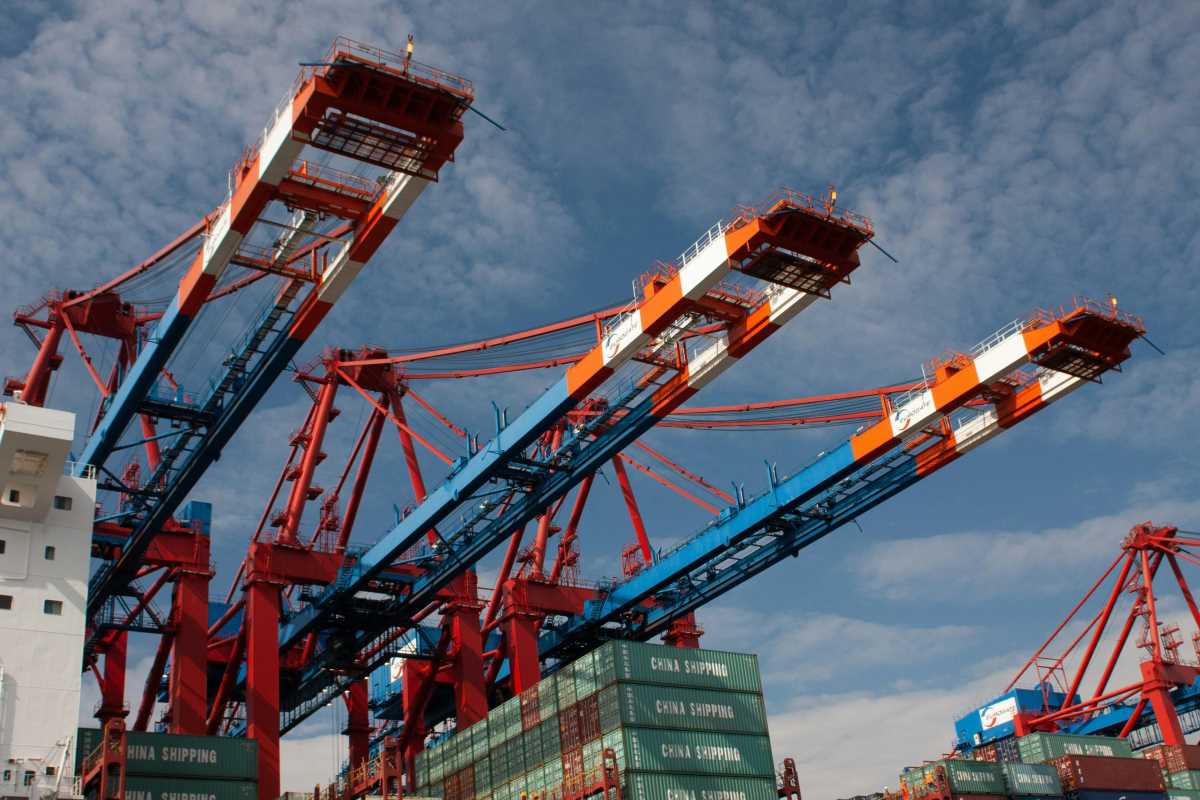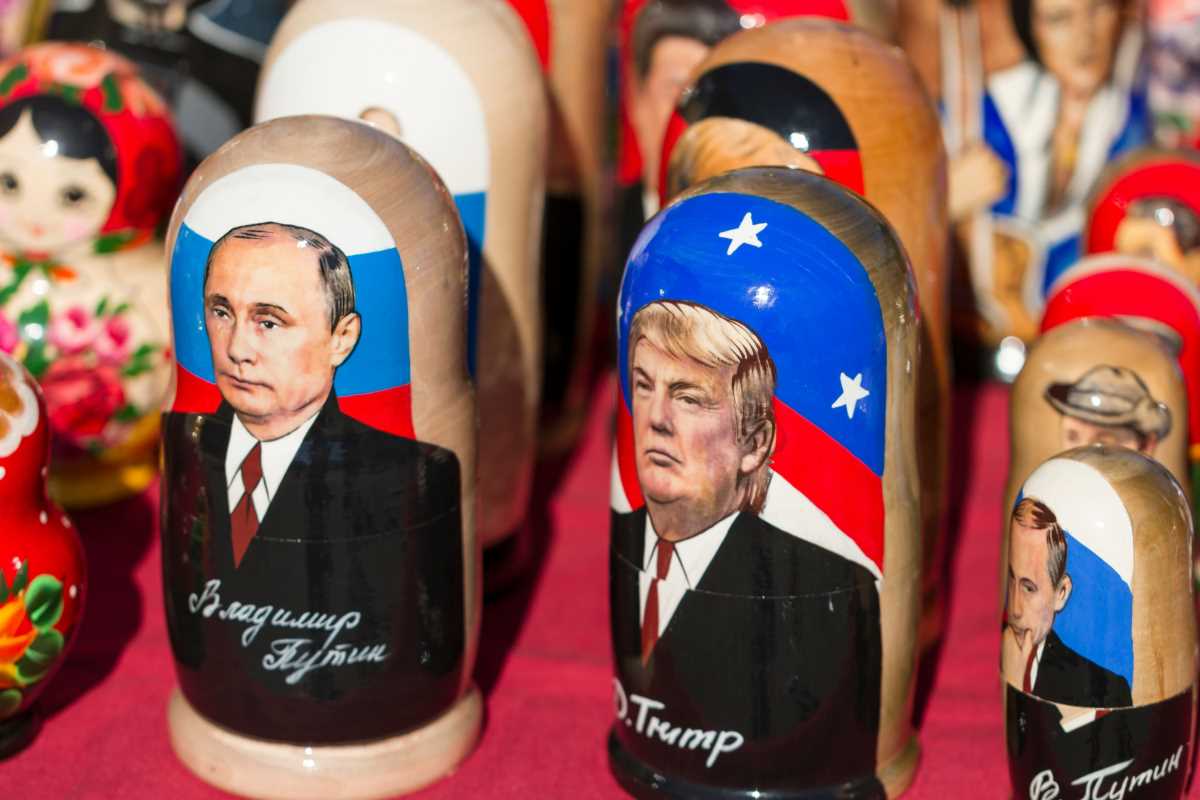Trade agreements often sound like dull policy constructs buried in government files, but their impact on American life is far from boring. These pacts quietly shape the way we live, work, and engage with the world, opening opportunities that few economic policies can rival. By facilitating the exchange of goods, services, and ideas, trade agreements have been instrumental in fostering both freedom and prosperity for the average American. If you've enjoyed a French wine, driven a German car, or streamed a foreign film all in the same day, you’ve already seen them at work.
Making Goods More Affordable and Accessible
One of the most tangible benefits of trade agreements comes in the form of affordable products lining the shelves of stores across the country. Through reduced tariffs and lowered trade barriers, agreements like NAFTA (now the USMCA) have created a market where goods can travel freely between nations with minimal extra costs tacked on. For the American consumer, this means everyday items, from electronics to clothing to fresh produce, remain well within budget.
Consider your smartphone, a marvel of global supply chains. The metals in its circuitry might come from Chile, the processors from Taiwan, and assembly might happen in China. Trade agreements lubricate this international collaboration, ensuring that the end product is something that doesn’t cost the GDP of a small nation to purchase. The same applies to grocery staples like avocados or bananas, imported without hefty tariffs under agreements with nearby trading partners.
Cheaper imports also fuel competition, encouraging domestic producers to innovate and improve efficiencies. When businesses compete to offer higher quality at better prices, it’s the shopper standing in the checkout line who wins. Even those who prefer to “buy American” benefit because better competition elevates all players, domestic and international alike.
This easy access to global markets means Americans no longer have to think of certain goods as luxury items. Thanks to trade, they’re simply part of our everyday lives, like grabbing that perfectly ripe pineapple for a summer barbecue.
Power Boost for Employment and Industry
Critics of trade agreements often point to job losses in certain industries as a drawback, and while there are examples of sectors impacted by increased competition, the broader picture tells a different story. Trade agreements have been pivotal in driving job growth and economic expansion across industries primed to thrive in an interconnected world.
Consider the opportunities created for American exporters, particularly in industries like aerospace, technology, and agriculture. Agreements such as the USMCA and trade deals with nations like South Korea or Australia have opened markets for American businesses to sell their goods abroad. That creates demand, which in turn fuels job growth here at home. Without open trade channels, many of these industries wouldn’t have access to the global audience required to sustain their momentum.
Additionally, foreign companies frequently establish roots in the United States to gain access to American markets. Automotive plants, for example, from manufacturers like Toyota and BMW, provide jobs to tens of thousands of Americans. These positions support local economies, strengthen communities, and showcase how international trade fosters domestic prosperity.
Yes, the transition to a free trade economy necessitates adjustments, as some industries face tighter competition. However, funding and programs tied to many trade agreements often provide pathways for displaced workers to retrain and pivot toward growing sectors. The result is a more resilient and adaptable workforce, primed for the industries of the future.
A Catalyst for Innovation and Cultural Exchange
Behind every successful trade agreement is a beautiful blend of economics and collaboration. By opening borders to goods and services, trade introduces new ideas, technologies, and cultural influences. The result is a society buzzing with innovation and creativity, driven by exposure to global trends and breakthroughs.
Take Tesla, for example, whose supply chain relies on a web of international trade agreements to source advanced components from engineering hubs worldwide. Without these agreements, groundbreaking industries like electric vehicles might face stifled progress due to inflated costs or limited resources. The same applies to industries like biotech and clean energy, which thrive on open access to the latest international advancements and talent.
Trade agreements also serve as bridges for cultural exchange. It’s not just goods like olive oil or kimchi that cross borders; it’s the soft power of ideas, arts, and perspectives. Streaming platforms allow Americans to binge shows from Europe or marvel at the flashy dramas of Asia thanks to cooperative trade deals that bring digital services into the fold. Foodies gain access to authentic international ingredients, fostering experimentation in kitchens across the nation.
This exposure to new ways of thinking isn’t just enriching; it’s empowering. For Americans, the ability to adapt, absorb, and elevate ideas from around the globe adds depth to our economy and culture. Or as some might say, strong trade agreements broaden not only our horizons but also our playlists and pantry shelves.
The Freedom to Choose
One often overlooked effect of trade agreements is the freedom they afford to individuals. Beyond economic prosperity, these collaborative deals democratize the marketplace, granting consumers and businesses more choices than they’d otherwise have.
Take fashion as an example. Decades ago, something as simple as high-quality denim jeans or silk scarves would have been treated as status symbols due to limited imports and high tariffs. Today, trade agreements mean you can pick up these items from premium European brands or affordable Asian manufacturers without thinking twice about cost. You get to choose, based on preference and budget, what you want your wardrobe to look like.
For businesses, this freedom is even more pronounced. Entrepreneurs today can source materials globally, whether they’re importing hand-hammered copper for artisan cookware or innovative textiles for sustainable clothing lines. With easier access to international suppliers, they can scale ideas quickly without losing sight of quality or price.
Even environmental choice finds strength in trade agreements, as global access to green technologies, from solar panels to wind turbines, is streamlined. This lowers costs for American consumers seeking sustainable options while kickstarting improvements on environmental goals nationally.
The freedom institutionalized by trade is a far cry from constraints once imposed by protectionist policies or lack of global infrastructure. More choice equals more opportunity for Americans to shape the economy, culture, and lifestyle they value most.
Trade Agreements as a Safeguard for Global Cooperation
Trade agreements are more than economic documents; they’re blueprints for peaceful collaboration. A thriving trade relationship reduces the likelihood of diplomatic tension, ensuring that nations remain partners rather than adversaries. For Americans, these agreements play a strategic role in sustaining geopolitical stability.
The USMCA preserves not just economic ties with Canada and Mexico but a shared understanding of regional welfare. Similarly, deals with Europe, Asia, and beyond cement partnerships that go beyond trade, fostering cooperation on climate, security, and health initiatives. Trade becomes a foundation upon which wider collaboration builds.
When economies are interdependent, the incentive for conflict diminishes. Partnerships fostered through trade agreements often lead to increased communication, stronger alliances, and coordinated responses to global issues. During economic downturns or supply chain crises, these partnerships provide lifelines, stabilizing global systems from which Americans directly benefit.
How trade agreements bolster cooperation:
- Facilitate diplomatic relationships and reduce hostilities.
- Create joint opportunities for tackling global issues like climate change.
- Establish robust international supply chains for stability during crises.
- Encourage shared economic prosperity to reduce inequality on a global scale.
- Promote consistent dialogue between global leaders.
Trade isn’t just about dollars or spreadsheets; it’s about human connection. When countries collaborate for mutual benefit, the consequences reach beyond contracts, influencing how nations and their people perceive and support one another.
A Legacy of Prosperity
Looking back at all trade has achieved, one thing is clear: carefully crafted agreements have done more than just reshape economic landscapes. They’ve enhanced individual freedoms, fueled cultural and technological progress, and safeguarded international partnerships. The prosperity trade agreements bring isn’t confined to boardrooms or Wall Street. It’s felt in the kitchen, the classroom, and wherever Americans pursue their dreams.
This isn’t to say that all trade agreements are without flaws or perfect solutions. But the bigger picture reveals a pattern of benefits that ripple across society. From accessible goods and competitive markets to job creation and cultural enrichment, trade has opened doors we didn’t even know existed. For Americans, these agreements are more than policy. They’re a promise that the global marketplace remains a place of endless opportunity, freedom, and possibility.







